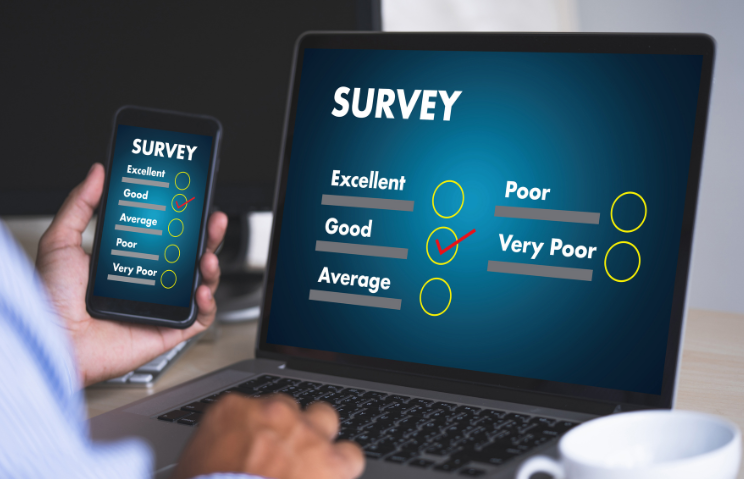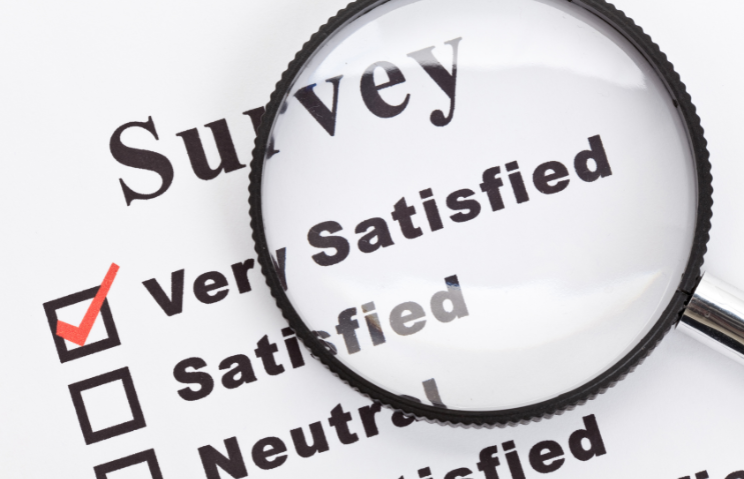HR and Australia’s new Aged Care Quality Standards: Are you prepared?

2019 will be a watershed year for aged care in Australia[1], with several changes taking place that will directly impact organisations, staff, families and individuals receiving care. Amidst the ongoing Royal Commission into Aged Care Quality and Safety and the commencement in January of an Aged Care Complaints Commissioner, July 2019 will see the introduction of the new Aged Care Quality Standards.
What’s it all about?
From 1 July, the Aged Care Quality Standards will apply to all aged care services including residential care, home care, flexible care and the Commonwealth Home Support Program services. These standards will replace 4 previous separate standards: Accreditation Standards; Home Care Standards; National Aboriginal and Torres Strait Islander Flexible Aged Care Program Quality Framework Standards; and Transition Care Standards.
The new Aged Care Quality Standards will be comprised of the following:
Standard 1: Consumer dignity and choice
Standard 2: Ongoing assessment and planning with consumers
Standard 3: Personal care and clinical care
Standard 4: Services and supports for daily living
Standard 5: Organisation’s service environment
Standard 6: Feedback and complaints
Standard 7: Human resources
Standard 8: Organisational governance
The new Quality Standards are each expressed in three ways:
- a statement of consumer outcome
- a statement of expectations and obligations for the organisation; and
- specific requirements that the organisation must demonstrate to comply with the standard.
Standards 6, 7 and 8 have perhaps the most relevance for HR professionals within aged care organisations. These 3 standards require aged care providers to:
- Ensure the workforce is appropriately trained, qualified and resourced to deliver quality care that is kind, caring and respectful of each person’s diverse identity and culture
- Maintain a culture of engagement, safety and accountability
- Regularly seek input from the workforce to inform continuous improvements for aged care recipients and the organisation as a whole
- Maintain an effective system of organisational governance.
Find more detail on the standards and the Quality of Care Amendment (Single Quality Framework) Principles 2018. Read more here about the expected outcomes for consumers.
What can HR do?
- Aim to build a transparent culture, receptive to feedback
Standard 6 requires a culture of transparency where individuals feel empowered (and permitted) to provide feedback – whether that’s positive or negative (in the form of complaints). It also means that employees should be engaged and appropriately trained in processes to address feedback from aged care recipients. This feedback should then be used to inform continuous improvements for aged care recipients and the organisation as a whole.
This open communication doesn’t just happen; it requires hard work. It’s critical to provide both the opportunities and the means, via formalised processes, to provide feedback. For example, continuous feedback loops with staff can be created with:
- Regular one-on-one meetings with managers
- Regular engagement or pulse surveys
- Traditional or digital “complaints” or “suggestions” boxes
As with any feedback, it’s important to have a formalised review process in place and to take action where appropriate – and then, critically, to communicate what action has been taken and to escalate an issue if required. Indeed, accountability is a key component of this standard. Organisations are required to review complaints and use this feedback to improve the quality of care and services.
Work towards these simple words: the standard you walk past is the standard you accept. Encourage people both within your organisation and outside of your organisation to speak up and make it safe for them to do so. This starts at the top; if leaders aren’t demonstrating the right values and behaviours, you can’t expect anyone else to – so make two-way, open communication a priority.
- Ensure your talent management processes are up to the task
Standard 7 covers much of HR’s remit, including how organisations recruit, train and provide the necessary performance framework for employees, so that they can provide high quality care.
Recruitment. While aged care service providers face unique talent acquisition challenges, a streamlined, automated recruitment processes can help. Technology such as ELMO Recruitment can broaden the talent net by tapping into the reach provided by external job boards and social media. It also enables employers to create talent pools, which can be used to swiftly fill future vacancies.
Workforce management. Having the right people in the right roles at the right time covers not just rostering / time & attendance and maximising productivity without risking burnout or overwork, but also talent mapping and succession management. Technology can help to create flexible work schedules, identify skills gaps, flight risks, and key roles and possible successors.
Learning & development will play a significant role in ensuring compliance with the Aged Care Standards. With a focus on ensuring employees understand and respect each consumer’s culture and identity, diversity & inclusion training will come to the fore – but employers can offer not just mandatory training but also a range of self-directed courses that can reinforce the corporate values and culture while upskilling workers.
ELMO Learning Management Software can act as a centralised repository for training records, help employers track compliance-related training, and ensure licence/certification renewals and other obligations are completed in a timely manner. This LMS can be linked to ELMO Course Library, which provides access to regularly updated eLearning courses covering soft skills, compliance and technical training. Among the more than 400 courses on offer are Business Ethics, Corporate Governance, Chain of Responsibility Code of Practice, Records Management, Risk Management, Diversity in the Workplace, OHS Awareness, and Advanced Health and Safety. In addition, ELMO Course Builder provides employers with the ability to create bespoke eLearning courses.
Performance management. Standard 7 also requires employers to provide employees with regular assessments, monitoring and performance reviews.
Having all performance data in one system, such as ELMO Performance Management, allows managers to easily keep track of individual and team performance, spot trends and identify potential performance roadblocks. Similarly, for those HR professionals who traditionally spend too much time manually sending reminders to line managers to schedule performance appraisals with staff, this task can also be automated.
ELMO Performance Management offers a range of pre-built goals, development objectives and desired competencies, which can be utilised to create a library of content for use across the business. The solution offers auto-populating appraisal templates, so that administrators can quickly introduce highly customised appraisals for each employee.
With many employers in the aged care sector employing geographically dispersed workers, the need for mobile access anywhere at any time will also be an important consideration. All of the ELMO solutions mentioned above provide this functionality, providing “on-the-go” HR service delivery.
- Bolster HR’s involvement in governance issues
Standard 8’s purpose is to ensure organisations are well run, with a governing body accountable for the delivery of quality care. Whilst broad-ranging, this touches on areas such as: the promotion of a safe, inclusive culture that provides inclusive and quality care; information management; financial governance; regulatory compliance; risk management associated with the care of consumers; continuous improvement; and workforce governance, including the assignment of clear responsibilities and accountabilities.
HR has a role to play in all of these, but especially workforce governance. Having clear job descriptions for each role and providing org charts so that everyone knows where they fit into the broader workforce structure, are just two ways HR can help. In addition, as touched on earlier, HR can help build a “safety first” and culturally sensitive workforce by providing regular training, delivered in multiple ways, and by constantly reinforcing these elements as part of the organisational values.
A final note
It will fall to The Australian Aged Care Quality Agency to assess whether organisations are compliant with the new Quality Standards, and whether they will maintain their Commonwealth accreditation. It’s critical for HR professionals in this sector to recognise that there is no “one size fits all” approach to compliance, as organisations within aged care vary greatly in size, structure and available resources. The onus therefore lies with each individual organisation to be aware of each Quality Standard and to decide how they are going to comply.
For further information on how ELMO Cloud HR & Payroll can help your organisation to streamline HR, payroll, and rostering / time & attendance operations, contact us.
[1] In New Zealand, the Ministry of Health administers the Health and Disability Services (Safety) Act 2001. The Act requires providers of health services to be certified against the relevant Standards. The relevant Standards are the Health and Disability Services Standards (NZS 8134:2008) and the Fertility Services Standard (NZS8181:2007). Section 24 of the Act requires review of the relevant Standards at least once every four years to consider whether they should continue in force un-amended, be amended or be replaced. A current review is underway and is expected to be completed by December 2020.
 HR Core
HR Core 









